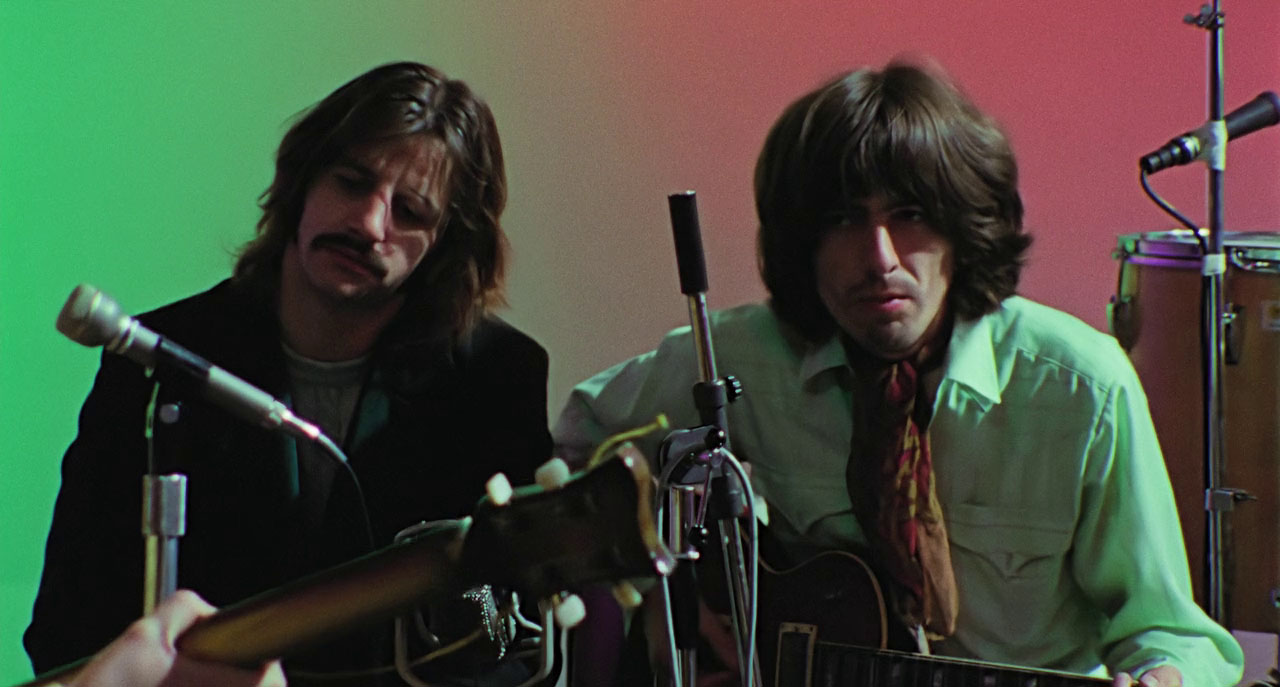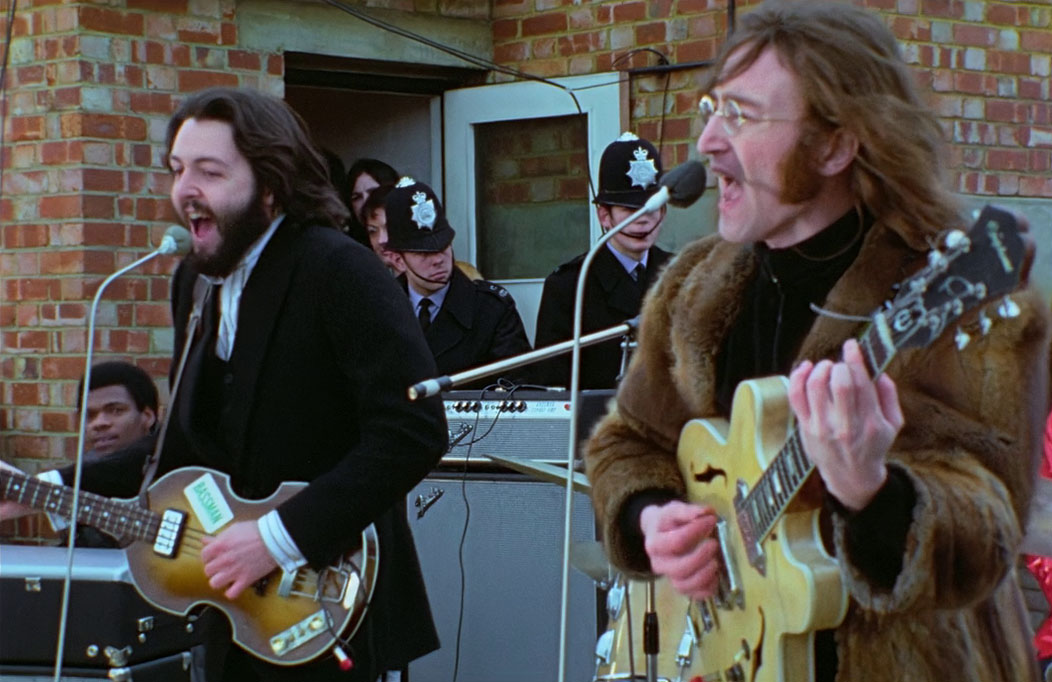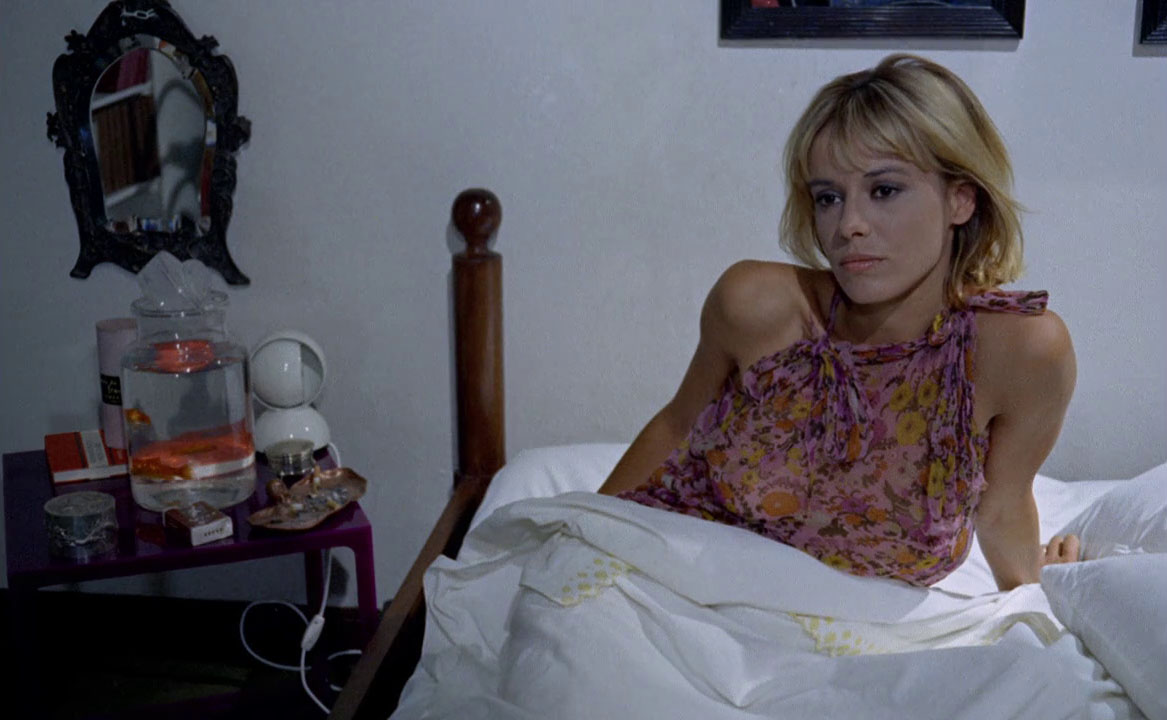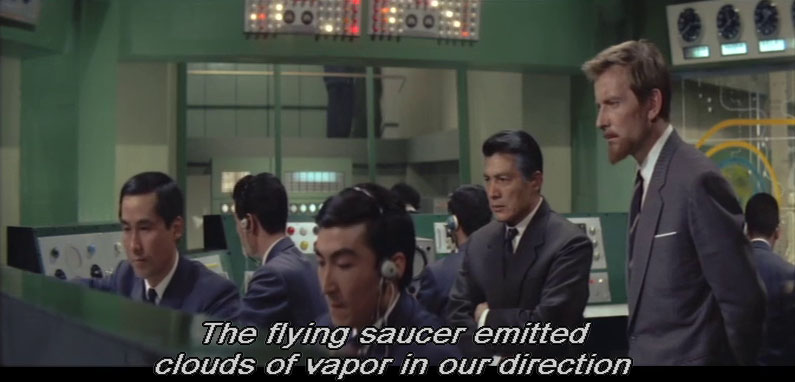Some notes I took along the way:
Day 2 opens with them looking thru Beatles fan magazines
Michael L-H is kinda an ass
Cutting between 1966+69 on “Rock & Roll Music” at end of day 4 is great
Mal is round-headed guy who plays anvil on Maxwell’s


We know that it’s magic to spend time with the Beatles, but episode two presses its luck, showing us different views of a flowerpot while John and Paul argue near a hidden mic
Peter Sellers shows up after The Magic Christian sets arrive
Reminiscing on their India trip, discussing the footage, which we get to see



Michael and Glyn are credited with the roof idea
Jackson has overbaked everything since Frighteners
Soon before the concert, John simply sings the setlist, wow
During the concert the movie thinks we want to hear everything the teenaged chinstrap-chewing pigs say, but we’d like to hear the music please
Problems with the crowd interviews on the street: British people are boring, and clearly Beatlemania is over




Beatlemania is back on in our house, though.
Aspirational Post-Beatles Media To-Do List
– The Magic Christian (1969)
– Ringo: Beaucoups of Blues (1970)
– George: All Things Must Pass (1970)
– John/Yoko: Plastic Ono Band (1970) + Imagine (1971)
– Paul: McCartney (1970) + Linda/Ram (1971) + Wings/Wild Life (1971)
– The Concert for Bangladesh (1972)
– Concert for George (2003)
– Beatles Anthology (1995)
– Beatles Love (2006)
– Rock and Roll Circus (1968)
– How I Won the War (1967)
– The Last Waltz (1978)
– Jimi Plays Monterey (1967)
– George Harrison: Living in the Material World (2011)






























